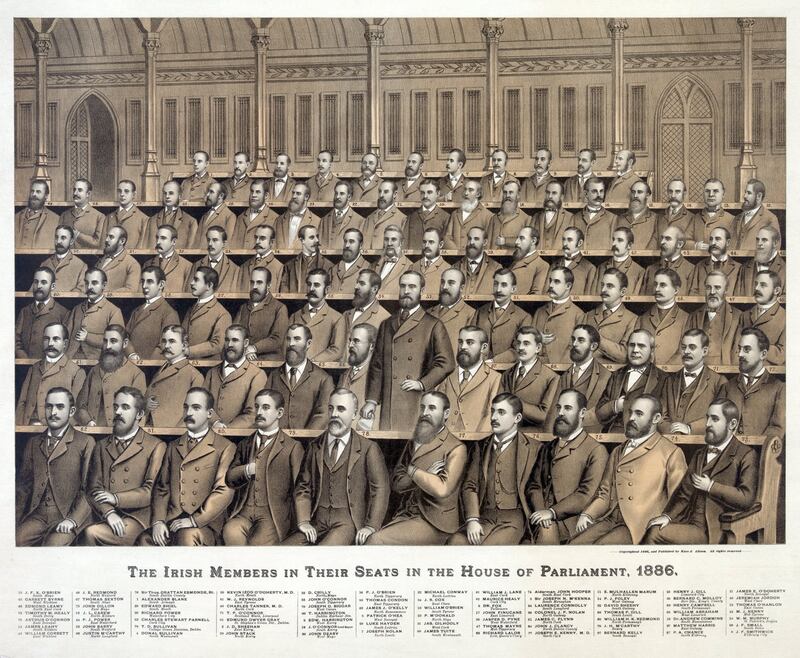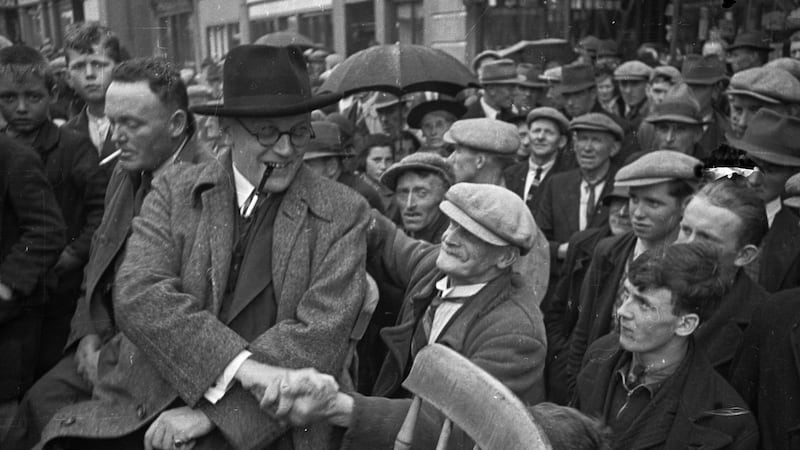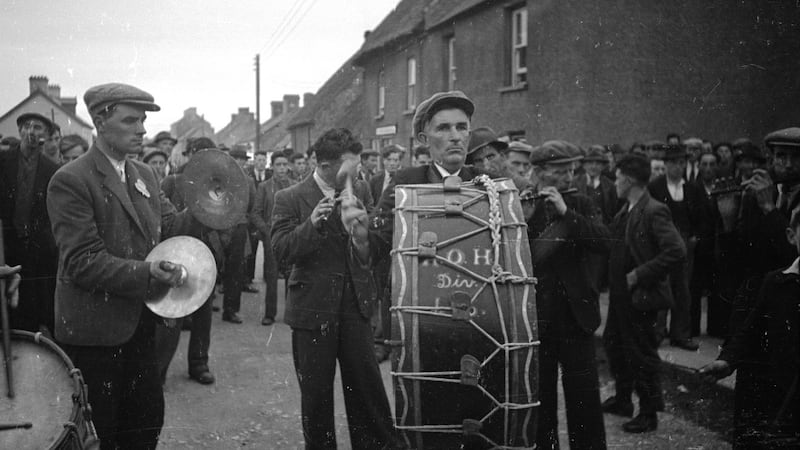In August 1940, The Irish Times profiled the surviving members of the Irish Parliamentary Party defeated by Sinn Féin in the 1918 election. As part of the feature, ex-MP John Lalor-Fitzpatrick reflected that, “its members proved their belief in democratic methods of government; for they stepped quietly back into private life, and since then not one of them has raised a voice in opposition to the elected governments or to any verdict of the people”.
The former MP’s comments were certainly interesting – but they were not accurate. While Lalor-Fitzpatrick stepped back into private life, many of his colleagues did not. In the first decades of independence, former home rulers entered politics, opposed governments and even sought to shape the commemoration of the party and its leaders – in turn, setting the tone for many later arguments about its role in the achievement of self-government and the vexed question of responsibility for partition.

'Old wine into new bottles'?
David Fitzpatrick described the transition from the IPP to Sinn Féin at local level as "old wine… decanted into new bottles", but on a national basis, the level of transfer among politicians was often a longer process than is sometimes appreciated. Belfast MP Joe Devlin and the political machine of the Ancient Order of Hibernians remained an important component of nationalist politics in Northern Ireland, but the position in the Free State was different.
Some former home rulers had switched to Sinn Féin before 1918 and most supported the Treaty in 1922 due to the stability it offered, but it did not follow that all Treatyites were closet home rulers or that former Redmondites could always be easily accommodated in Cumann na nGaedheal. In personnel, the Treatyites did not garner huge number of converts initially – the appointment of Tim Healy (uncle-in-law of Kevin O’Higgins) as Governor-General was a nod to the old constitutional tradition but also a barb at his old rival John Dillon.
Former leader John Redmond’s son Capt William, for example, refused an invitation to stand for Cumann na nGaedheal in 1923 and was comfortably elected in Waterford as an independent – local fidelity also visible in the success of fellow independents James Cosgrave and Alfie Byrne. Labour absorbed some former activists from the Irish Land and Labour Association while others found ways to reinvent themselves in the Farmers’ Party.
In the 1920s, bad memories of the revolution, partition and a lack of official respect for the achievements of Redmond and his colleagues aggravated many recalcitrant home rulers – feelings visible at major commemorations of John and Willie Redmond in Ennis and the south-east. The Irish National League founded in 1926 by Capt Redmond and fellow ex-MP Thomas O’Donnell therefore emerged as an attempt at revival in the Free State. Consisting chiefly of former IPP politicians and activists, it polled best where the old party retained support in 1918.
In the aftermath of O’Higgins’s assassination and Fianna Fáil’s entry into the Dáil, however, the League attempted a risky coalition deal with Labour and de Valera’s party – a botched attempt which ended in farce as TD John Jinks failed to vote on a motion of no confidence, plunging the League into rapid decline.
Home rulers and 'civil war' politics
In its aftermath, Capt Redmond and many colleagues subsequently joined Cumann na nGaedheal before the 1932 election. Yet James Dillon, son of the last IPP leader, and Frank MacDermot, a former Irish Party activist, did not – both remained prominent speakers on agricultural issues, the constitutional status of the state and Irish unity.
The creation of Fine Gael in 1933 therefore marked the last major absorption of old home rulers into the new politics as Dillon and MacDermot’s Centre Party merged with Treatyites and Blueshirts. In the 1930s and ’40s, between 30 and 40 per cent of Fine Gael TDs had traceable home rule roots – from surviving ex-MPs and councillors to those with more tenuous connections through family or activism.


Conversions to Fianna Fáil, by contrast, were rare though notable. Examples include O’Donnell, who joined de Valera’s party after the fall of the National League; Honor Crowley (daughter of former MP John P Boland), who was elected Fianna Fáil TD in 1945; and Patrick Lynch, de Valera’s opponent in East Clare in 1917, who served as senator and later attorney-general.
It is ironic that while Fianna Fáil absorbed far fewer politicians from IPP backgrounds, its discipline in parliament, interest in local issues, and ability to construct durable constituency networks within a “national movement” resembled the old party more closely than either Cumann na nGaedheal or Fine Gael. Fianna Fáil admiration for the Irish Party, however, was confined to the Land League and the party of Parnell; Redmond by contrast was ultimately remembered in opposition to the victors of the Irish revolution.
A dubious inheritance?
Yet, individuals from IPP backgrounds left a distinctive mark on independent Ireland. The initiatives of Dillon and MacDermot in forming the Centre Party and Fine Gael helped (however unintentionally) to shape the cleavage between the two major parties – a rivalry, as Mel Farrell has noted, as steeped in the 1930s as the Civil War.
The presence of former Irish Party members in politics demonstrated the shadow of the party over Irish political life. It was sometimes a dubious inheritance for those entering politics and it was only when they joined with those from Sinn Féin backgrounds that they came near to real political power. However, their presence sheds light on the continuities between pre- and post-independence Ireland, underlining the tenacity of certain modes of political activism and ideas of identity.
The roles they played in early decades therefore belie the more extreme notions surrounding Redmond and his followers – that they were completely forgotten in the new state, but also the alternative view that former home rulers were so readily rehabilitated that they could easily retake their place at the forefront of the Irish political establishment.
The Legacy of the Irish Parliamentary Party in Independent Ireland, 1922-1949 by Dr Martin O'Donoghue is published by Liverpool University Press. The book will be launched in the National University of Ireland building, 49 Merrion Square at 6pm on Wednesday, February 19th, by Dr Maurice Manning.










